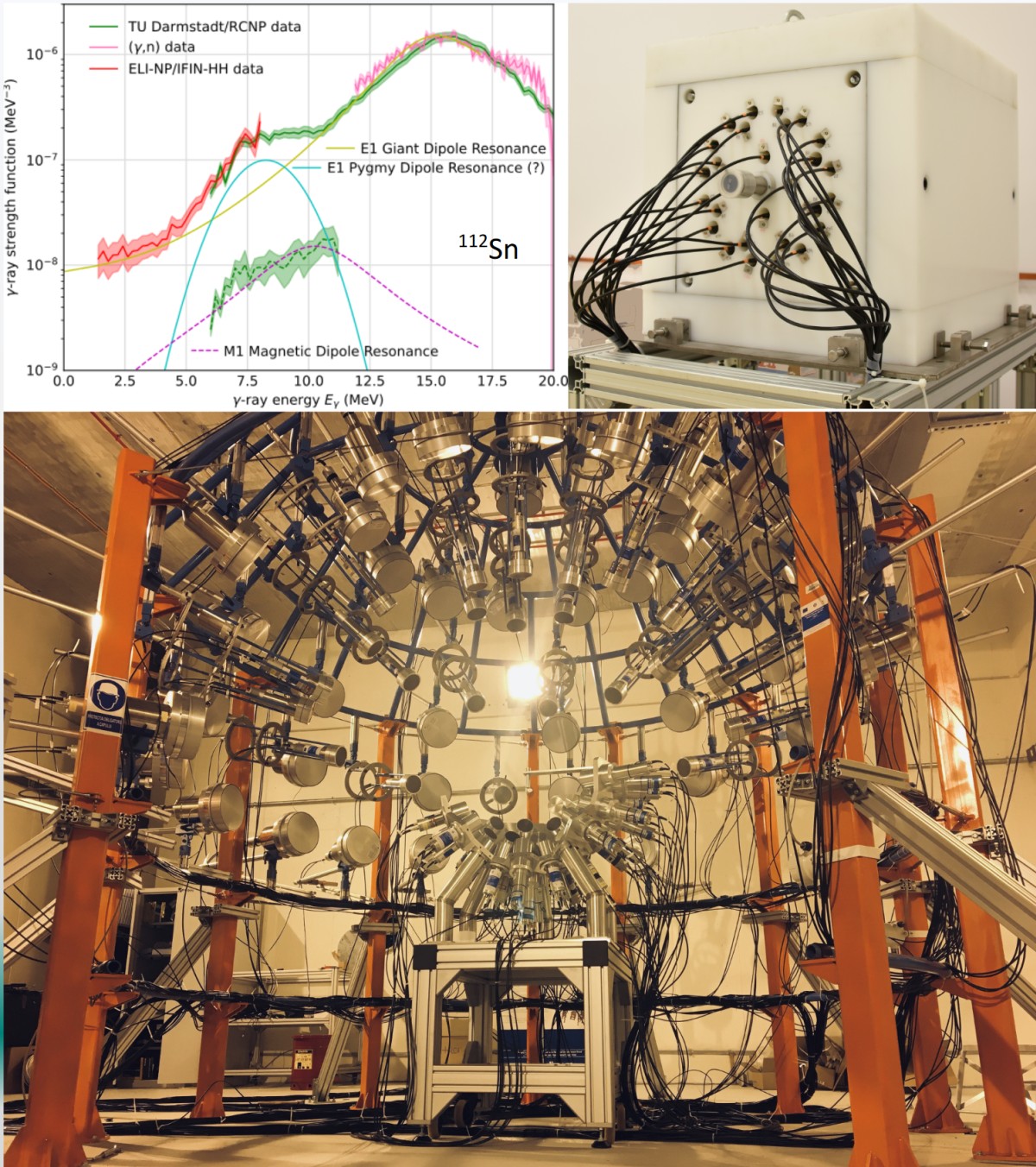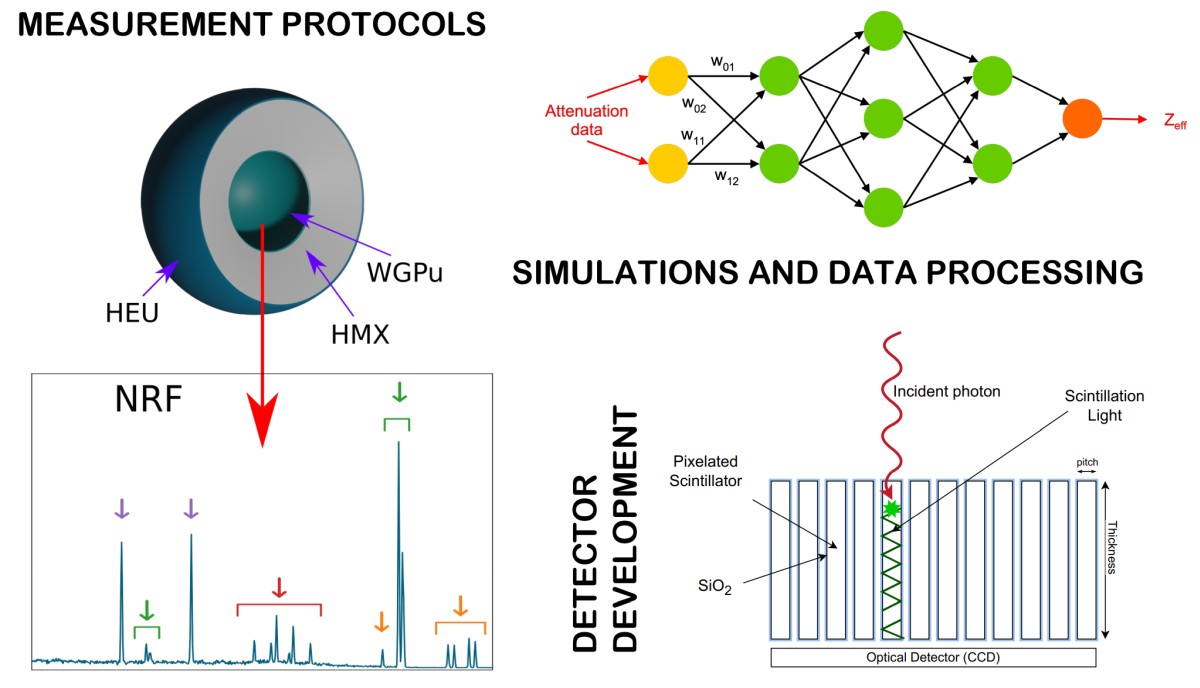Nuclear Astrophysics
Several key reactions important for the astrophysical p-process, Big Bang Nucleosynthesis, and supernova explosion, including the pivotal reaction 7Li(γ, 3H) 4He associated with the longstanding "Cosmological Li problem" are currently under investigation. Preliminary experiments were performed using the HIγS facility at Duke University. Complementary reactions 7Li(p, α)4He, and 6Li(p, α)3He which are also linked to the "Cosmological Li problem" are being studied with the scaled-down version of the ELISSA detector array at the IFIN-HH 3 MV Tandem. The Extreme Light Infrastructure Silicon Strip Array (ELISSA) is a 4π silicon strip detector array implemented at the ELI-NP facility to detect charged particles from the photodissociation reactions using high-brilliance, quasi-monoenergetic gamma beams. This array can provide charged particle detection with low thresholds, high energy, and angular resolution over an almost 4π solid angle. Additionally, measurement of (γ, p) and (γ, α) reactions on 112Sn and, 102Pd important for the astrophysical p-process are also of interest.






